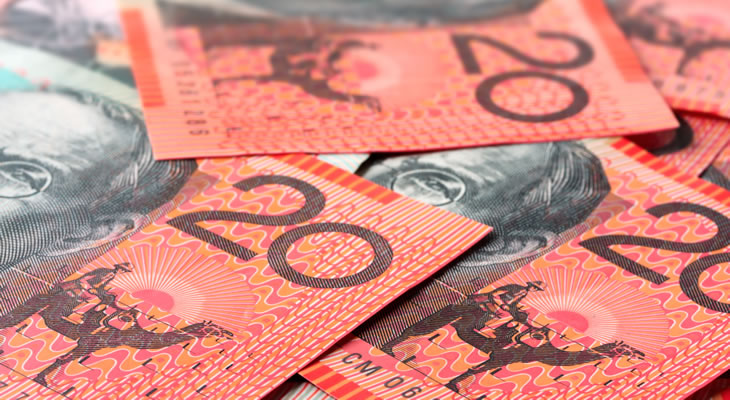- Pound Australian Dollar Plummets to 1.6187 – Australian Dollar Pound Climbs to 0.6175
- US FOMC Minutes Prove Dovish – Australian Dollar Capitalises on Greenback Retreat
- UK Retail Sales Growth Above Forecasts – Pound Sterling Steadies
- Australian Unemployment Drops – ‘Aussie’ Dollar Gains Bolstered
The Pound to Australian Dollar exchange rate has continued to plummet today after the release of yesterday’s dovish FOMC minutes from the US.
The minutes revealed a growing divide among Fed policymakers, with one side arguing that current levels of inflation do not warrant another rate hike, and the other claiming that the cost of delaying the normalising of monetary policy is simply too high.
According to the minutes:
‘Several participants noted that uncertainty about the course of federal government policy, including in the areas of fiscal policy, trade, and health care, was tending to weigh down firms’ spending and hiring plan […] In addition, a few participants suggested that the likelihood of near-term enactment of a fiscal stimulus program had declined further or that the fiscal stimulus likely would be smaller than they previously expected’.
The movements of the Australian Dollar are directly correlated to demand (or lack thereof) of its US counterpart, so as the FOMC minutes sent the US Dollar lower, they boosted the Australian Dollar.
Australian Unemployment Drops, ‘Aussie’ Dollar (AUD) Climbs
Australia’s seasonally adjusted rate of unemployment came in at 5.6%, down from a negatively adjusted previous figure of 5.7%. 27,900 jobs were created.
Economists consider this news as further evidence that labour market growth is robust, helping to ease some of the pressure of low wage growth within the private sector.
Bureau of Statistics Chief Economist Bruce Hockman, noted:
‘Full-time employment has now increased by around 220,000 persons since September 2016, and makes up the majority of the 250,000 person increase in employment over the period […] The acceleration in full-time jobs has been skewed towards professionals, construction and health, while part-time jobs tend to be skewed towards retail and health’.
Whilst this news was positive and did, initially, cushion the ‘Aussie’ Dollar, the Pound soon managed to claw back some of its losses later into the day.
UK Retail Sales Beat Forecasts, Pound Australian Dollar (GBP AUD) Steadies
The Pound managed to regain a semblance of its composure against the ‘Aussie’ Dollar today after the release of some better than forecast UK retail sales figures.
July’s month-on-month retail sales grew 0.3%, consistent with the revised 0.3% figure in June and above the consensus figure of 0.2%. The increase in food sales and household good sales were the primary contributors, rising 1.5% and 0.9% respectively.
Whilst the overall outlook for retailers is one of ‘subdued sales’ these figures bode somewhat well for the outlook of economic growth. Many economists predict that weak wage growth would severely limit consumer spending – but as the situation doesn’t currently seem as bad as feared, GBP/AUD gained.
Could GBP AUD Claw Back its Gains? – Positive US Michigan Confidence Figure Forecast Friday
The data calendar for this pairing has now run somewhat sparse, with the only notable release likely to cause movement being tomorrow’s US Michigan confidence figure.
The survey is predicted to demonstrate a very slight increase in US consumer sentiment, printing at 94, up from the previous reading of 93.4. This survey is considered one of the foremost indicators of consumer confidence, so an increase could bolster the US Dollar, thus causing demand for its ‘Aussie’ counterpart to dwindle.
Federal Reserve policymaker Robert Kaplan is also due to give a speech tomorrow, which markets will no doubt study for any clues about the Fed’s plans for monetary policy.


Comments are closed.